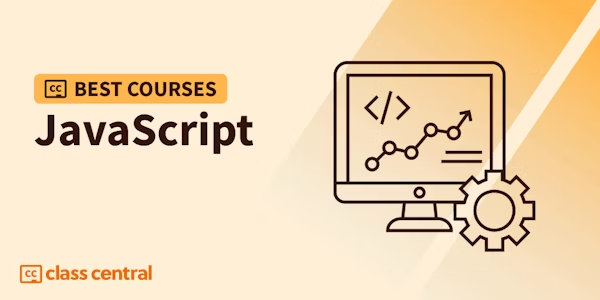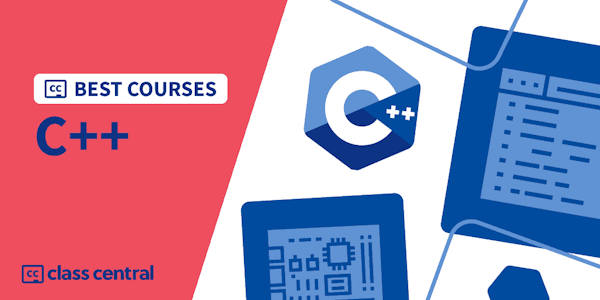This is the third course in the series on Qt. Learn how to integrate your C++ back-end code with your beautiful QML-based Qt Quick GUI using a real-world application as a guiding example. You'll also discover new areas of the Qt framework in the process.
This is the third course in the series on the Qt framework. This course will show developers how to integrate their C++ back-end code with a Qt-Quick front-end that uses QML and JavaScript. It will allow the traditional C++ developer to do what they do best, yet leverage Qt Quick for an elegant and fluid front-end. There are many ways to integrate C++ with QML, but not all are equally maintainable. This course will focus on techniques that produce flexible yet easy-to-maintain code and will leverage the multi-layered design techniques. In fact, adapting the code from part 1 will be fairly straightforward due to the design pattern employed there. This course uses the Qt 5.3.2 release of the Qt framework.
This is the third course in the series on the Qt framework. This course will show developers how to integrate their C++ back-end code with a Qt-Quick front-end that uses QML and JavaScript. It will allow the traditional C++ developer to do what they do best, yet leverage Qt Quick for an elegant and fluid front-end. There are many ways to integrate C++ with QML, but not all are equally maintainable. This course will focus on techniques that produce flexible yet easy-to-maintain code and will leverage the multi-layered design techniques. In fact, adapting the code from part 1 will be fairly straightforward due to the design pattern employed there. This course uses the Qt 5.3.2 release of the Qt framework.





